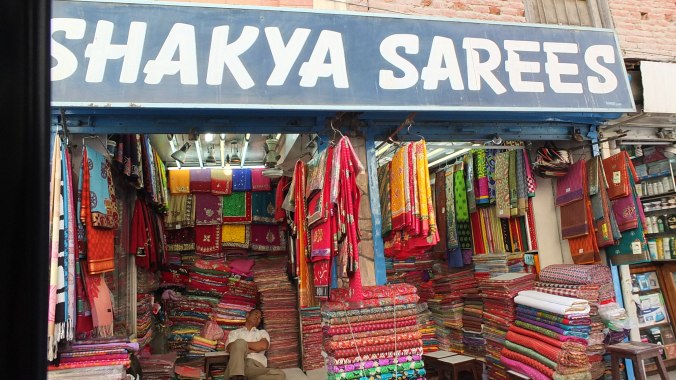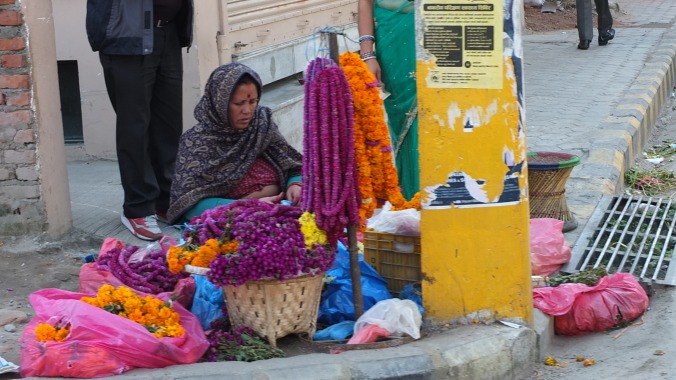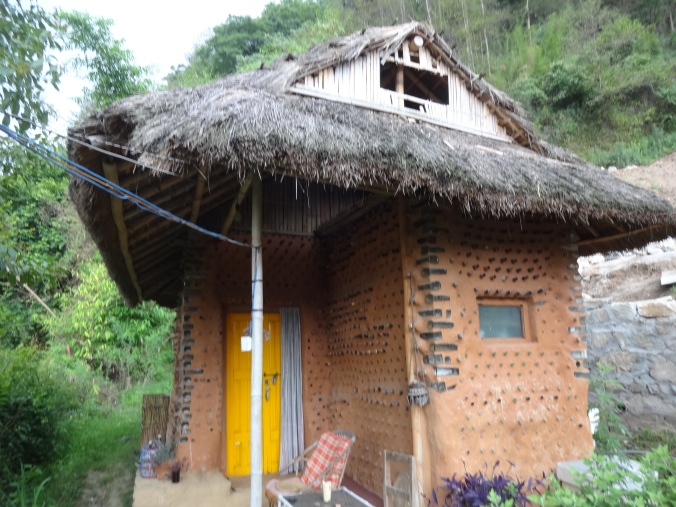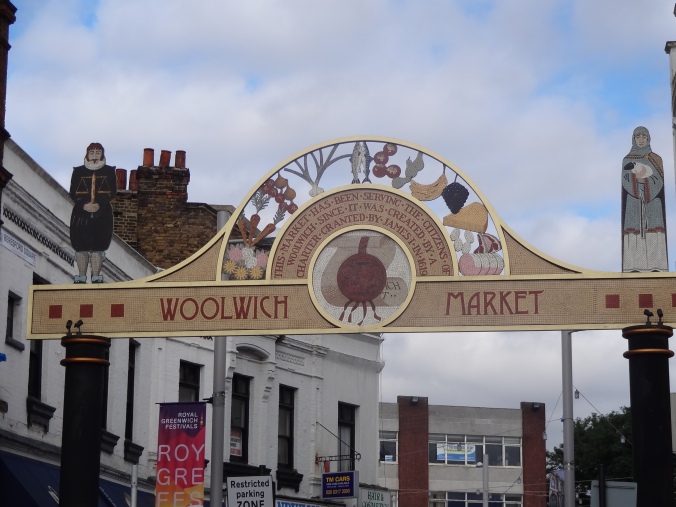Every time I fly, its so tempting to take pictures out of the aircraft window, even though I know those pictures won’t be very good. I know I’m not alone as I see so many others whip out their phones and snap away through the glass. I guess we are just trying in some way to capture the extraordinary perspective that flying gives us, so my photo folders are full of not-so-great pictures of life from the air that never get used, but I can’t quite bring myself to delete them either. This challenge of “Above” inspired me to try a post on just this theme to see if, as a collection, the aircraft snaps take on a more interesting story of their own. Let’s see how it goes:

Manila from the sky. Its such a huge sprawling city. Because we hated to get stuck in Manila traffic, we kept driving around the city to a minimum. The aerial shots always gave me a reminder of how massive the city really was.

After flying over the sprawl of Manila for quite some time, you come Manila Bay. It is an island after all.

Offshore are the fish farms that feed the 16 million+ of the city. They are huge and sprawling too, and quite a different reality from the romantic notion of freshly caught island fish.

Kathmandu from the air. Unlike Manila, the city is quite small. There’s very little development once you get outside the ring road. (This is changing fast though.) The city appears as a patch of red — from all the brick construction – surrounded by green and smaller cities close by. Eventually, of course, they will all merge.

Just a short way outside of Kathmandu air space, flying over trees and hills, before we approach the mountainous areas.

And of course, there’s the mountains. The first time I saw this kind of view my nose was pinned to the glass. After flying it 20+ times, its still magnificent, but I’m not so disappointed now if its cloudy.


































